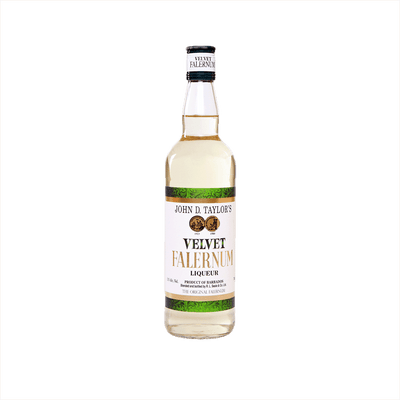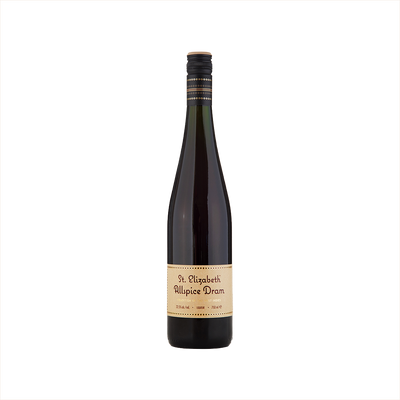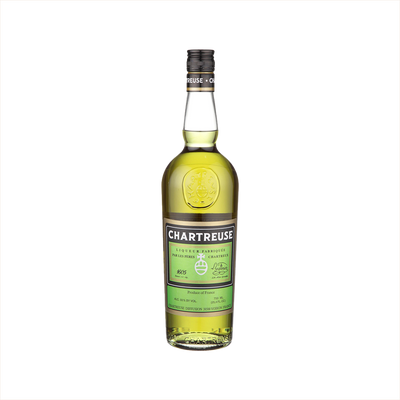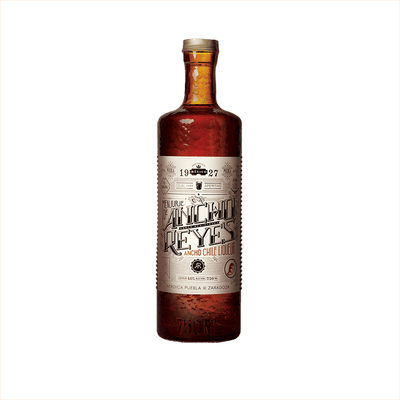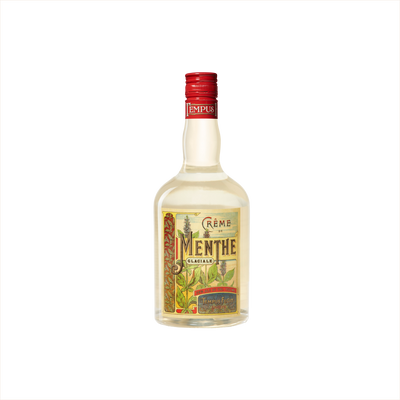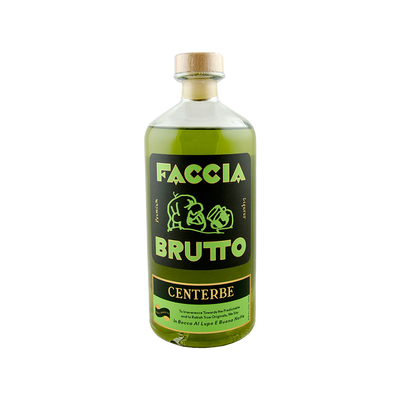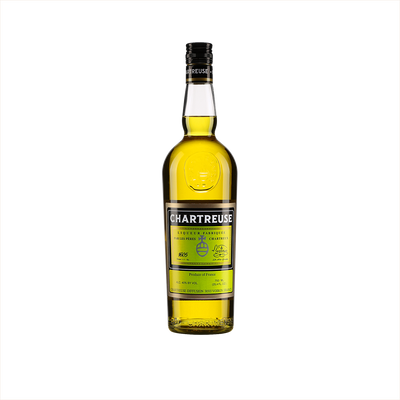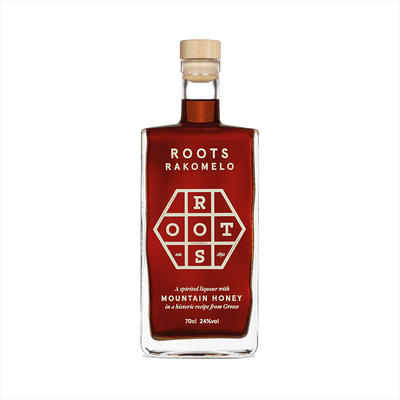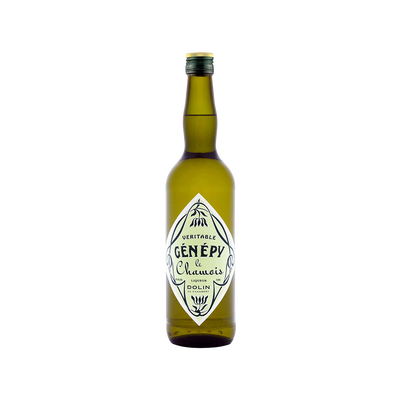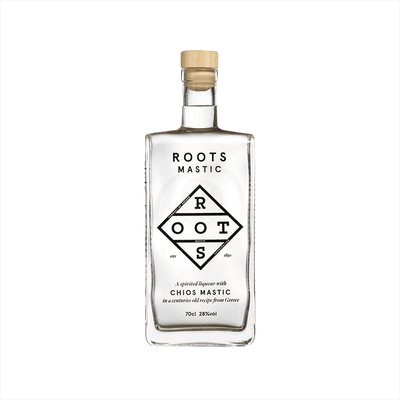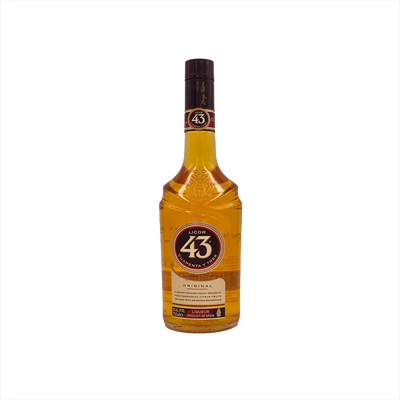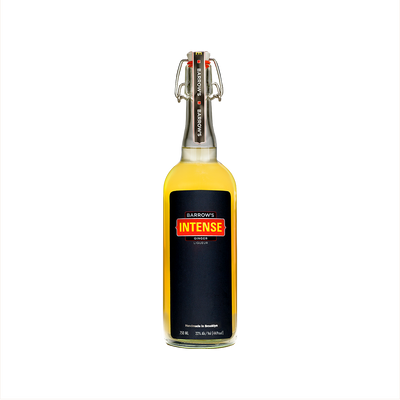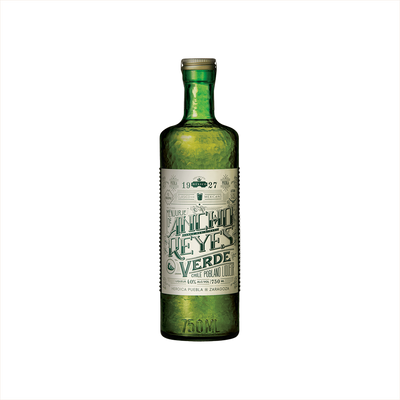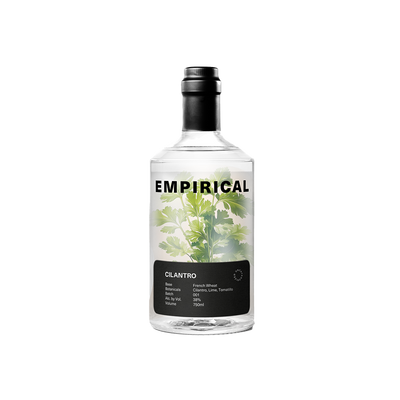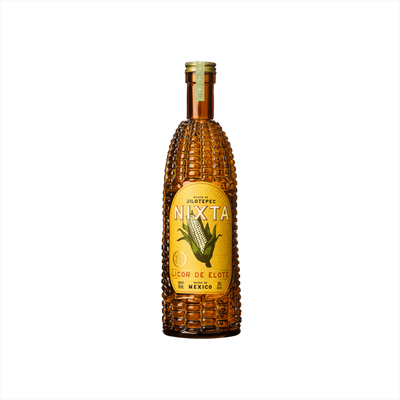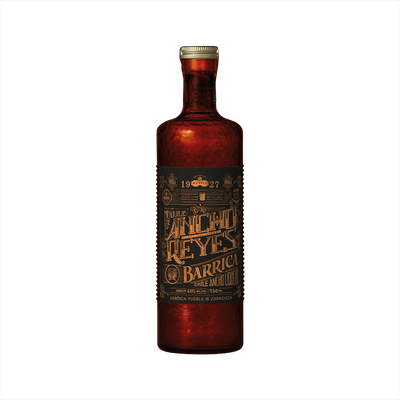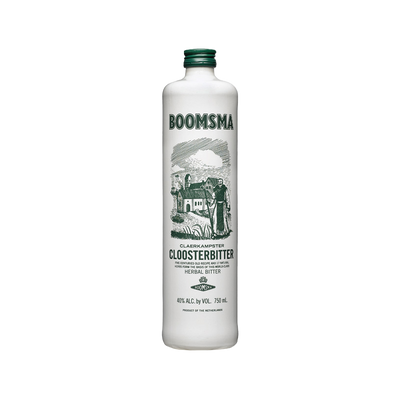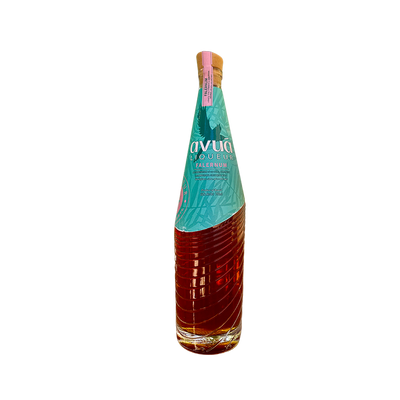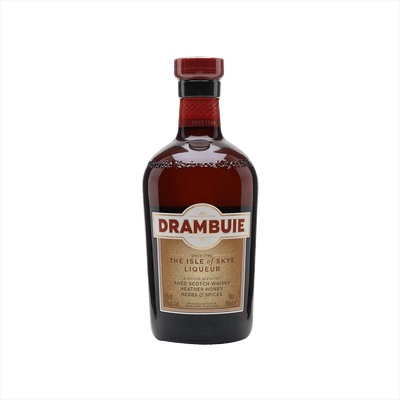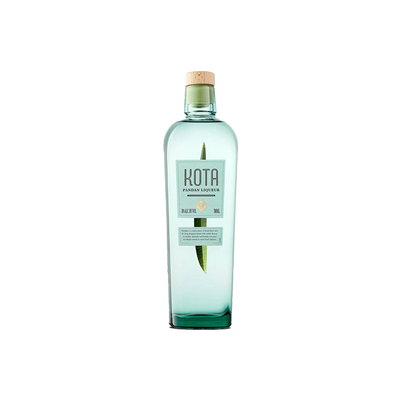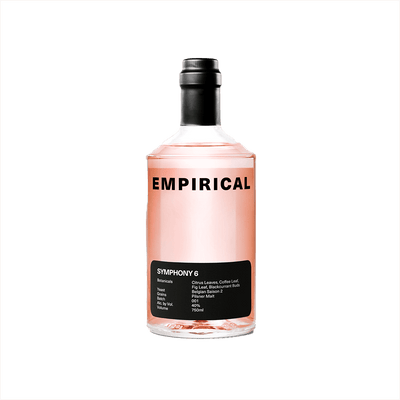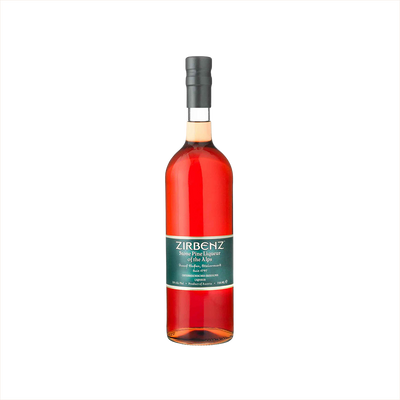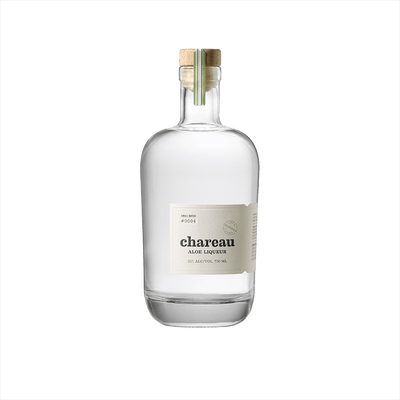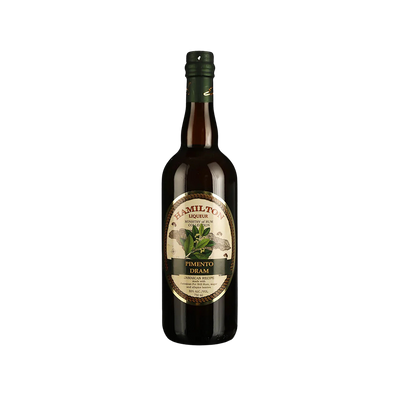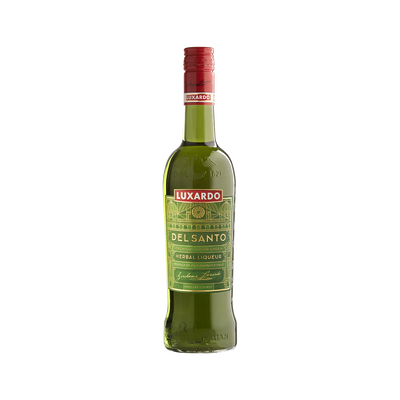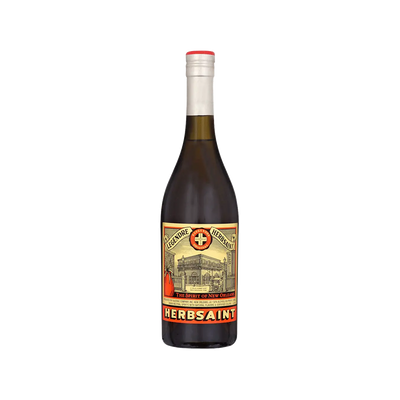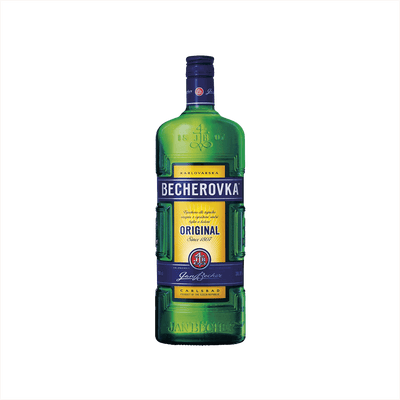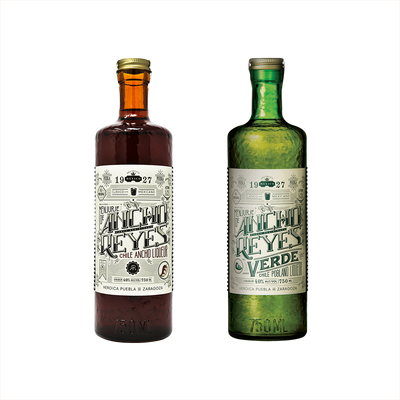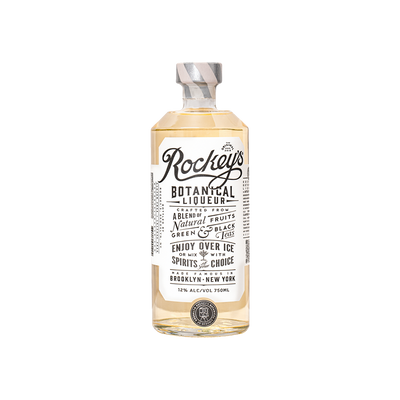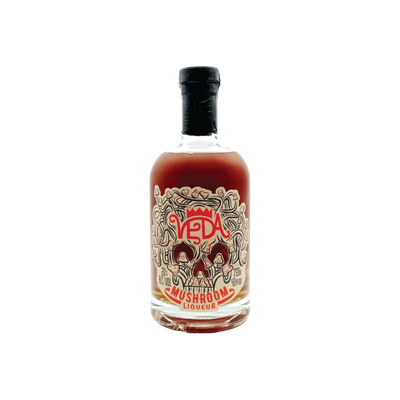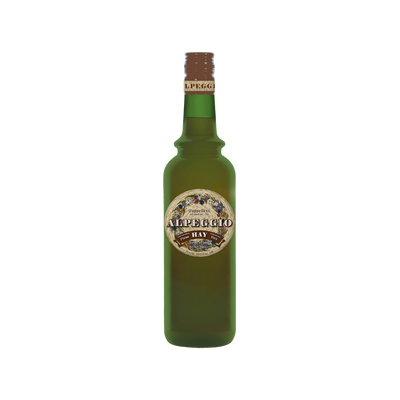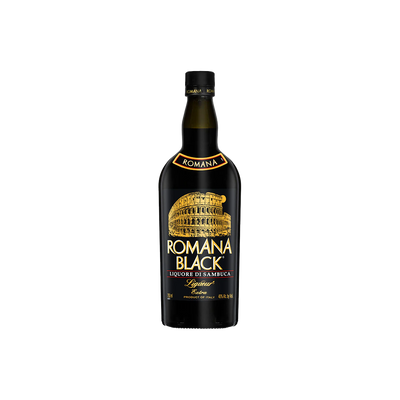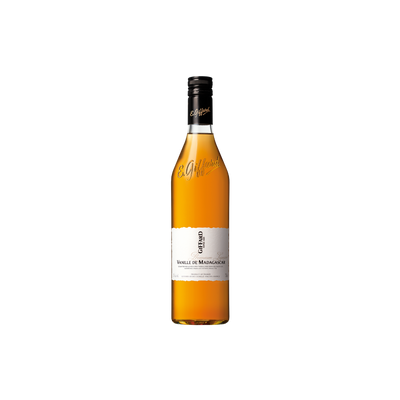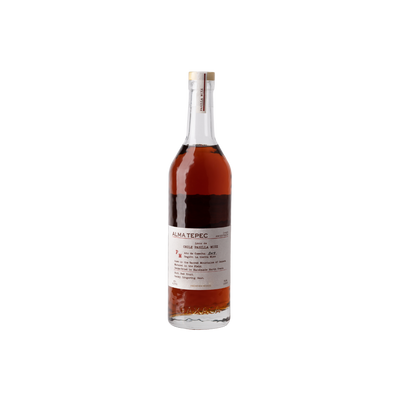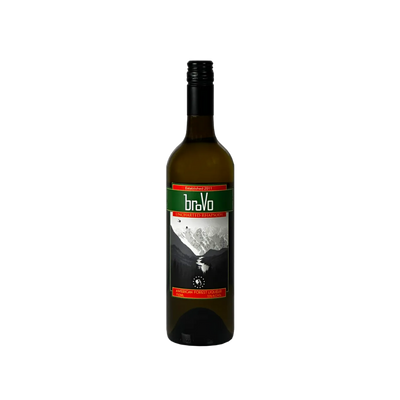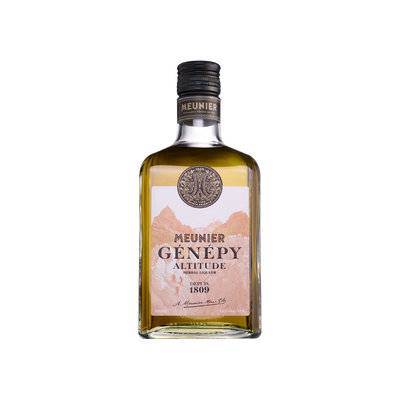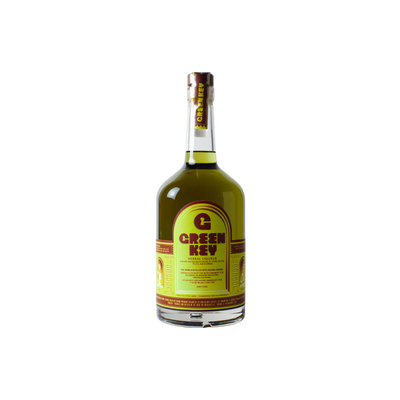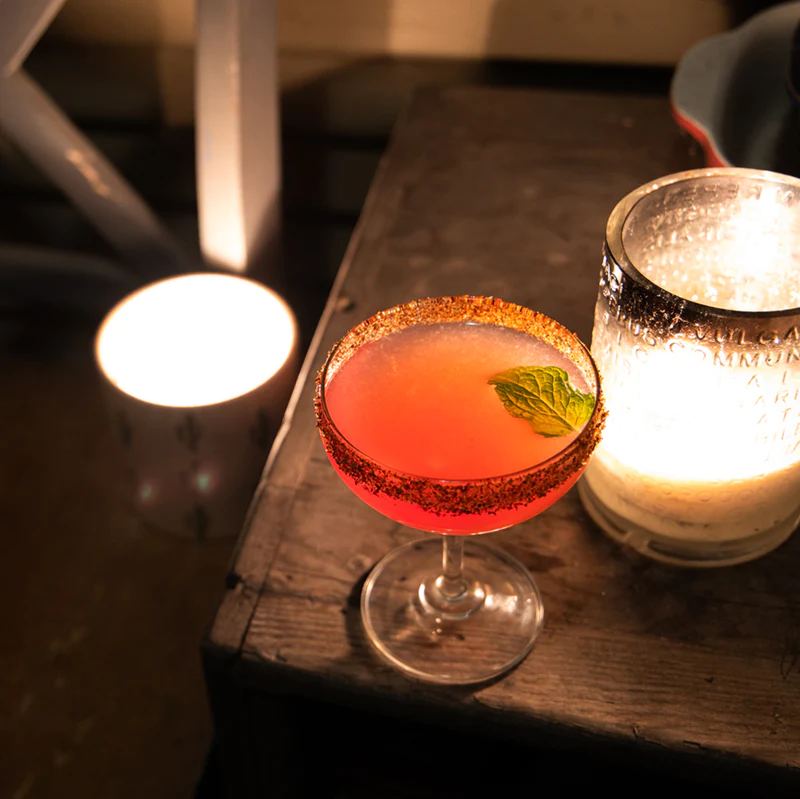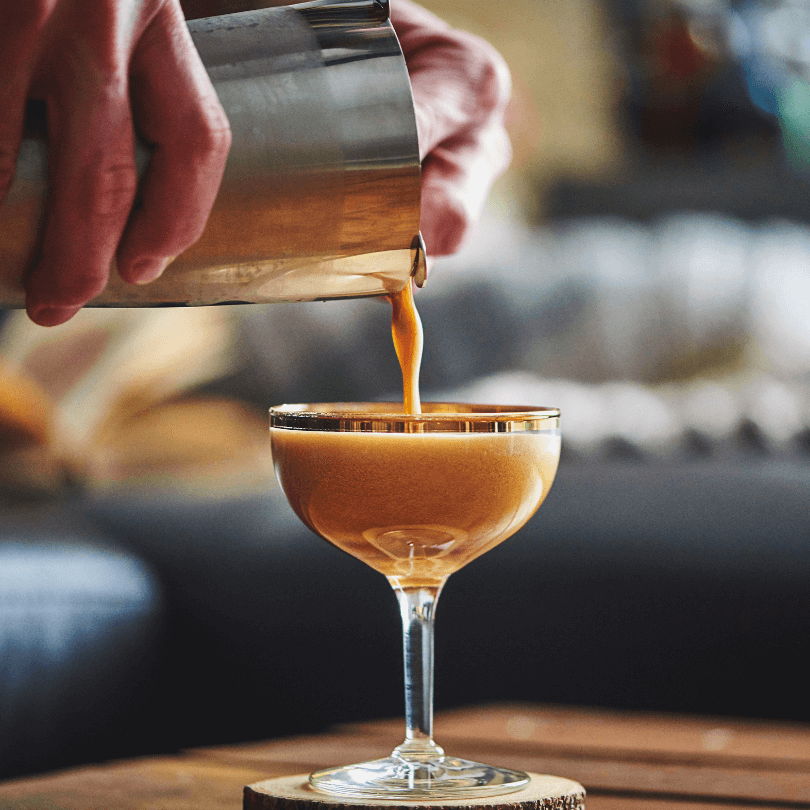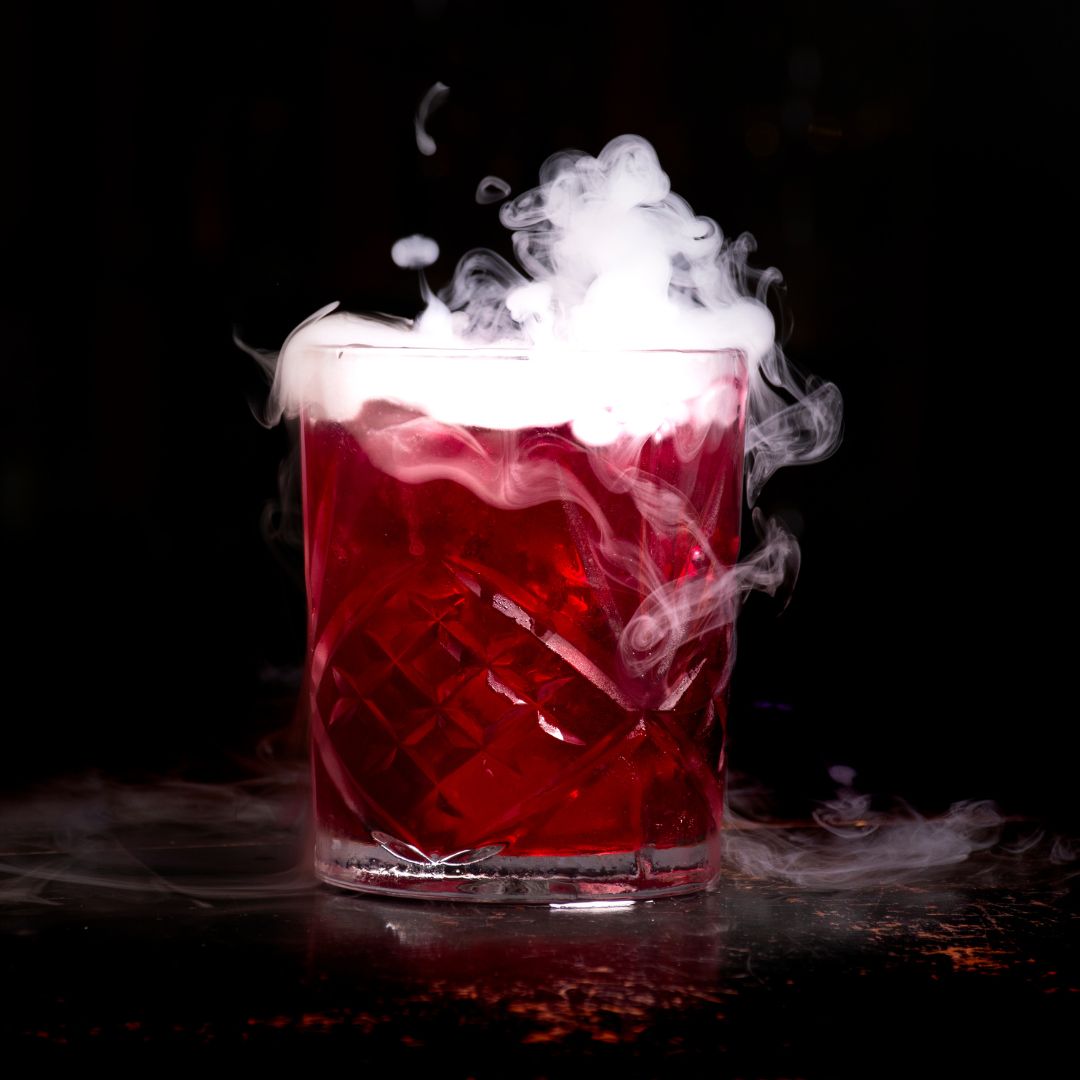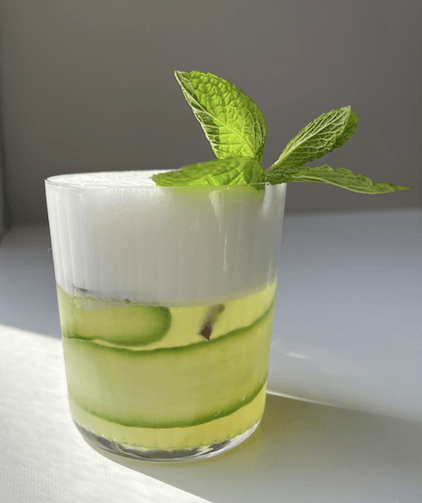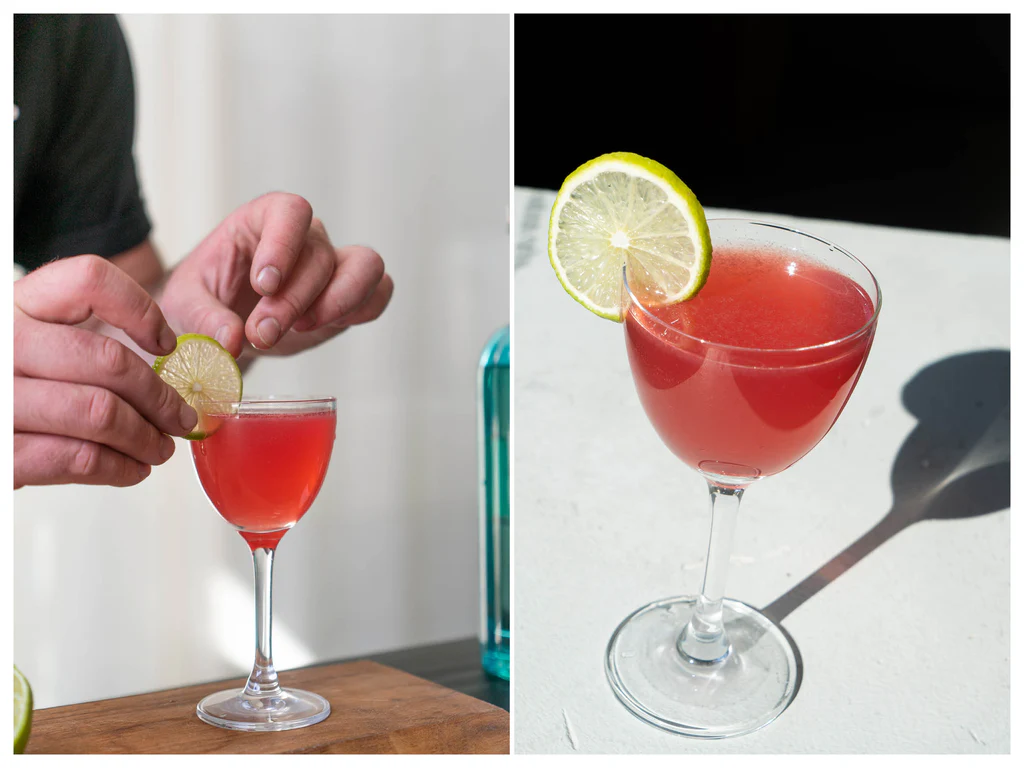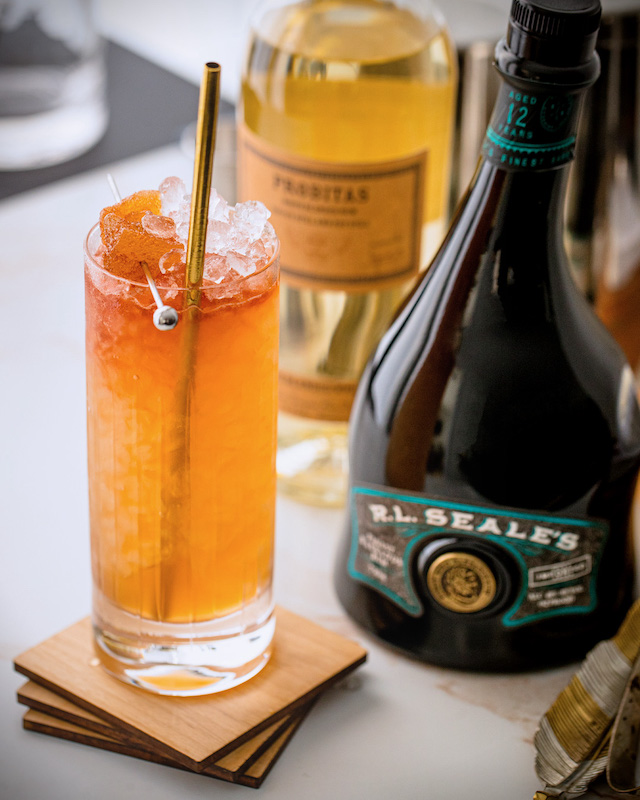Herbal & Spice Liqueurs
What is Herbal & Spice Liqueurs?
Herbal & Spice Liqueurs represent a fascinating category within Liqueurs that combines botanical ingredients like herbs, roots, bark, and aromatic spices to create complex, often medicinal-tasting spirits. These liqueurs are defined by their use of natural plant materials—think cardamom, cinnamon, anise, gentian root, or dozens of secret herb blends—which are macerated, distilled, or infused into a base spirit and sweetened. What sets them apart is their distinctive earthy, warming character that can range from bitter and digestif-like to sweet and aromatic, often carrying centuries-old recipes that originated in monasteries or as folk remedies.
Learn More About Herbal & Spice Liqueurs
What makes Herbal & Spice Liqueurs unique?
Herbal and spice liqueurs stand apart through their complex botanical profiles that often include dozens of ingredients like roots, bark, flowers, and seeds, creating flavor layers that unfold differently with each sip. Unlike fruit-forward liqueurs that typically highlight one primary taste, these spirits offer medicinal and aromatic qualities that can shift from bitter to sweet to warming, making them incredibly versatile for both sipping neat and mixing in cocktails. Many trace their origins to monastic traditions or family apothecary recipes, giving them historical depth and artisanal production methods that mass-produced liqueurs simply can't match.
How is Herbal & Spice Liqueurs made?
Herbal and spice liqueurs start with a neutral spirit base that gets infused with carefully selected botanicals through maceration, where herbs, spices, roots, and sometimes flowers steep in the alcohol for days or weeks to extract their essential oils and flavors. The infused spirit is then sweetened with sugar or honey, and many producers follow secret recipes that blend multiple herb and spice extractions at different concentrations to achieve their signature taste profile. Some premium brands take an extra step by aging the finished liqueur in oak barrels or copper vessels, which mellows the flavors and adds complexity to the final product.
How do you drink Herbal & Spice Liqueurs?
Herbal and spice liqueurs shine brightest as digestifs served neat at room temperature or slightly chilled, allowing their complex botanical profiles to unfold on your palate. These intensely flavored spirits also work beautifully in classic cocktails like the Last Word with Chartreuse or a Stinger made with white crème de menthe, where they add depth without overwhelming other ingredients. Many bartenders use them as accent ingredients in modern craft cocktails, adding just a quarter-ounce to complement whiskey, gin, or rum-based drinks during fall and winter months when their warming spices feel most at home.
How do I choose a good Herbal & Spice Liqueurs?
Start by considering the dominant flavor profile you want—whether you're drawn to warming baking spices like cinnamon and cardamom, or prefer the complex herbaceous notes found in Italian amari or French chartreuse-style liqueurs. Your cocktail choice should guide your selection: lighter, citrus-forward drinks pair beautifully with floral and herb-driven liqueurs like elderflower or thyme-based options, while rich, spirit-forward cocktails can handle the intensity of spice-heavy liqueurs such as allspice dram or cinnamon schnapps. Always taste before buying when possible, as these liqueurs vary wildly in sweetness levels and intensity—some are gentle enough to sip neat, while others are meant to add just a few dashes of concentrated flavor to your mix.
Nutritional Information
Typical Calorie Range per Ounce: 80-110 calories
Typical Carbohydrate Range per Ounce: 8-15 grams
Typical Sugar Range per Ounce: 7-14 grams
Typically Gluten Free: Yes
Most herbal and spice liqueurs are naturally gluten-free since they're distilled from botanical ingredients rather than gluten-containing grains. The distillation process typically removes gluten proteins even when grain-based spirits are used as the base. That said, some producers add flavorings or use manufacturing processes that could introduce gluten after distillation. Always check the detailed product information and labeling to confirm gluten-free status, especially if you have celiac disease or severe gluten sensitivity.
Scrolled this far? Your reward? Herbal & Spice Liqueurs Trivia!
- The recipe for Chartreuse contains 130 different plants and herbs, but only three Carthusian monks know the complete formula at any given time. They're literally sworn to secrecy, and if one monk dies unexpectedly, the remaining two must painstakingly reconstruct the missing knowledge from centuries-old manuscripts written in their monastery.
- Jägermeister contains deer blood... or does it? This persistent myth has zero truth to it, but the company stopped trying to correct it because sales actually increased among people who thought they were drinking something wild and exotic. The real recipe includes 56 herbs, spices, and botanicals, but definitely no animal products whatsoever.
- Bénédictine liqueur was actually "rediscovered" by a wine merchant in the 1860s who claimed he found the recipe in old abbey documents. Modern historians suspect Alexandre Le Grand completely invented the medieval backstory as a marketing ploy, making one of the world's most "ancient" herbal liqueurs potentially younger than Coca-Cola.
- Sambuca's signature coffee bean garnish isn't just for show – it serves as an aromatic catalyst that releases different flavor compounds when the liqueur's alcohol content hits it. Plus, those three beans represent health, happiness, and prosperity in Italian tradition, making your digestif a tiny good luck charm.
- Galliano gets its distinctive tall, narrow bottle shape because its creator wanted bartenders to be forced to use both hands when pouring it, ensuring they'd pay proper attention and respect to the liqueur. The bottle design was specifically engineered to slow down service and make the drink feel more ceremonial and special.
Higher-proof spirits can be intense. Mix carefully, taste thoughtfully, and enjoy responsibly.
Gift message (optional)


